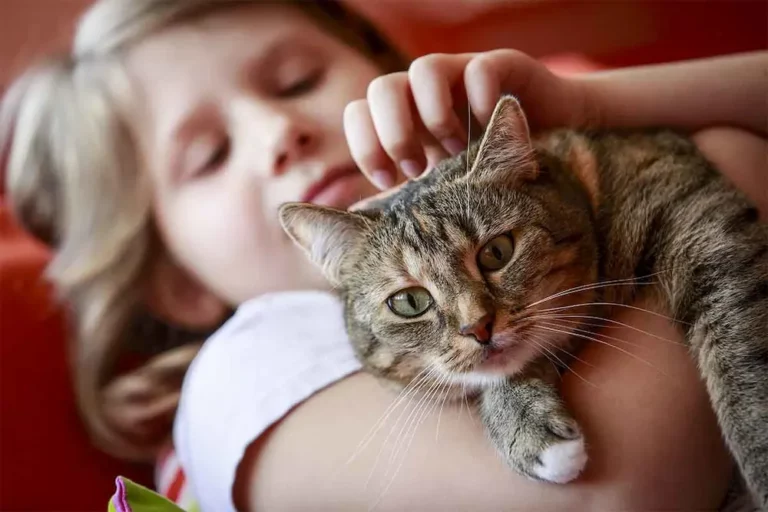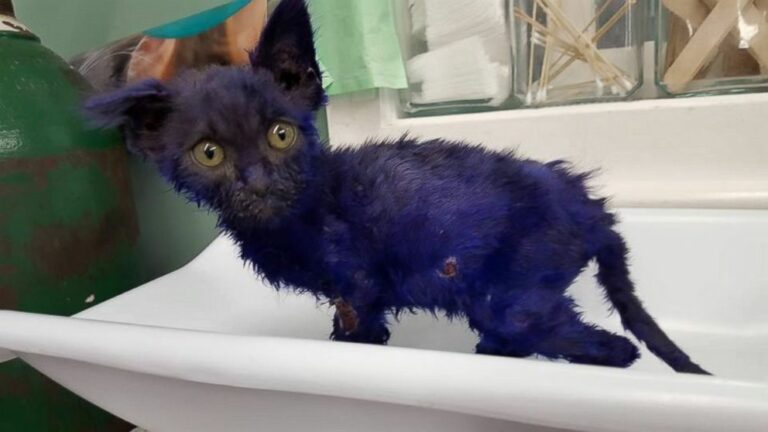How Long Do Burmese Cats Live?
Burmese cats are adorable, so if you’re looking to adopt or buy one from a breeder near you, you might be wondering how long these creatures can be a trusted companion to you.Â
In today’s article, we are discussing the life expectancy of this breed and a few health issues that might affect it over time.Â
But if you need a quick answer, here’s one — the average lifespan of a Burmese
How long does a Burmese cat live indoors?
If you take really good care of your feline friend and considering how much veterinary medicine has evolved in the past few decades, you can expect your Burmese to live anything between 18 and 25 years.Â
It’s actually not uncommon for cats to live for more than 15 years these days, especially if they spend most of their life indoors.Â
The indoor environment will always be safer for pets, regardless of their species. For one, they are not exposed to internal or external parasites, which they could pick up from other animals.
Secondly, vaccinating your
In other words, if you’d like to enjoy your Burmese
What is the oldest Burmese cat ever?
While the majority of Burmese cats that exist in the world are probably not going to live for more than 30 years, the record is held by a pet that lived to be 35.Â
That is why the Burmese are on the list of the longest living breeds right now, along with other cats such as the following:
- American Shorthair
- Ragdoll
- Russian Blue
- Savannah
- Balinese
Do Burmese cats have health problems?
Like any other cats, Burmese can also develop medical conditions throughout their lives.Â
It is your responsibility, as a pet parent, to keep an eye on your
Despite the friendly personality that Burmese are known for, they are like other cats when it comes to showing symptoms of disease — they hide it as best as possible.Â
Checking in with your
As a general rule, take your
What illnesses are Burmese cats prone to? Here are some of the most common health problems experienced by Burmese cats:
- Kidney disease
- Urinary tract infections
- Diabetes
- Mouth and gum disease
- Upper respiratory tract health issues
I’m not going to go into a lot of detail right now as to how these conditions can be diagnosed, treated, or prevented, but you should know that in case something happens and you do not have pet insurance, it will cost you an arm and a leg to get therapy for any of these diseases.Â
Whether in Europe, North America, or other countries, the cost of veterinary assistance can be quite high, so do consider getting a pet insurance provider where you often pay less than $20 a month and that can cover your feline buddy in the event of an emergency.Â
Why do some Burmese cats live longer?
We’ve already discussed how the advancements made in terms of veterinary medicine have helped not just Burmese cats, but other breeds, too, live longer.
But there are some factors that pertain not just to the medical treatments and prevention methods per se, but also to how the Burmese
You can’t really control if your Burmese
However, two aspects contribute to a Burmese living longer:
-
Nutrition
Cats are obligate carnivores, so it is mandatory for you to pick the best-quality diet you can afford.Â
Burmese cats are pretty muscular and since they’re known for being somewhat prone to developing diabetes also due to obesity, you need to keep an eye on what and how much your pet eats.Â
Choose a diet that’s as natural as possible – ideally, it should be free of artificial colors, preservatives, or any contaminants like weed killers.
Also, cats are not a friend of wheat and other fillers currently used in most low-quality pet feeds.Â
You can even make your own
Brands like Big Country Raw, Hungry Hunter, or Rebel Raw are a few examples of meal delivery kits with raw food.Â
Always look at the ingredients of the
And for preventing obesity, we recommend using an automatic timed feeder – especially for when you’re out of the house.Â
-
Living conditions
As previously mentioned, indoor cats have a better life compared to outdoor ones, so you should strive at convincing your Burmese to spend as much time in your house as possible.
But besides that, the environment also needs to be spacious enough so that the
Cats hate dirty litter boxes — you know how much grooming matters to them, so practicing good litter hygiene is paramount for preventing urinary pathologies, including kidney disease.
Make a habit out of changing the bedding or litter every single day or at least getting rid of the soiled parts and replacing them with fresh litter.Â
Every week, clean the litter box thoroughly both on the inside and the outside.Â
Manage pet hair and dander by using a vacuum cleaner equipped with a HEPA filter, like the one in the picture below.Â
Avoid using essential oils or strong fragrances to get rid of pet odors — as cats hate perfume or very potent scents.Â
Where and how to get a Burmese cat
Burmese cats are in demand, which means that the opportunity for you to adopt one, whether a kitten, adult, or even a senior, will be very, very rare.Â
If you decide to buy a Burmese kitten from a breeder, it’s a good idea to do as much research beforehand as possible.Â
Sure, the location of the Burmese breeder is important, but getting a kitten from the nearest one isn’t an option.Â
You need to research them on online forums, social media, and more, and always ask for a recommendation from a vet with regard to the kitten’s parents’ health.Â






